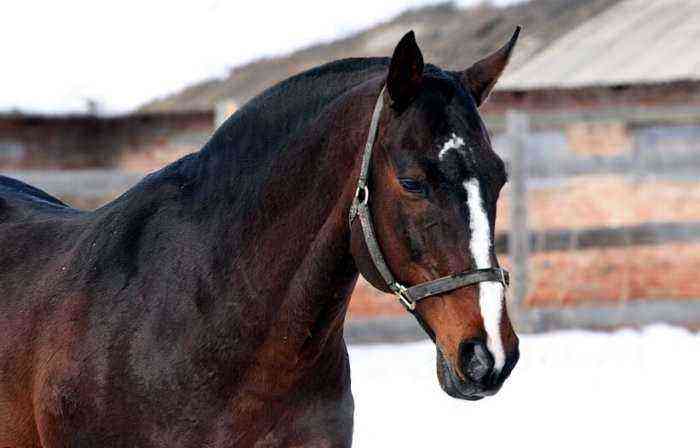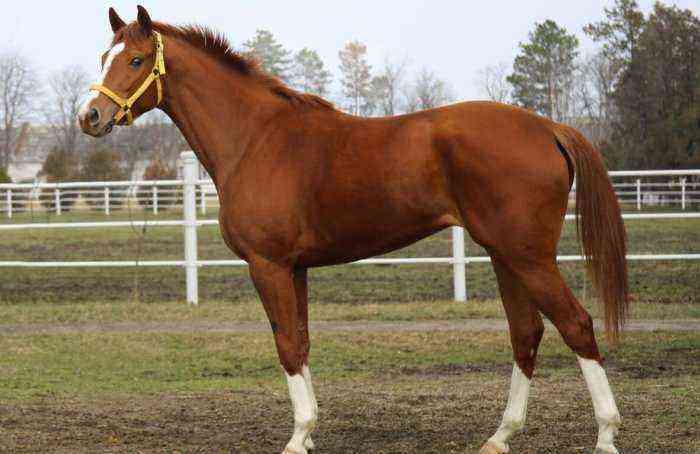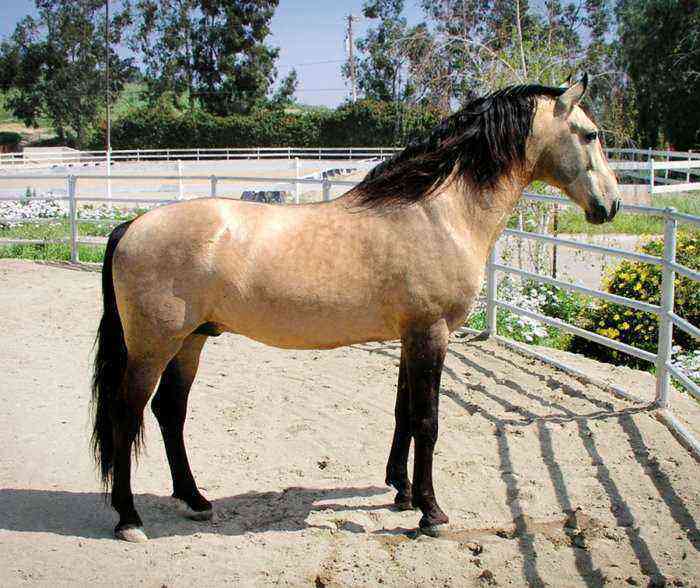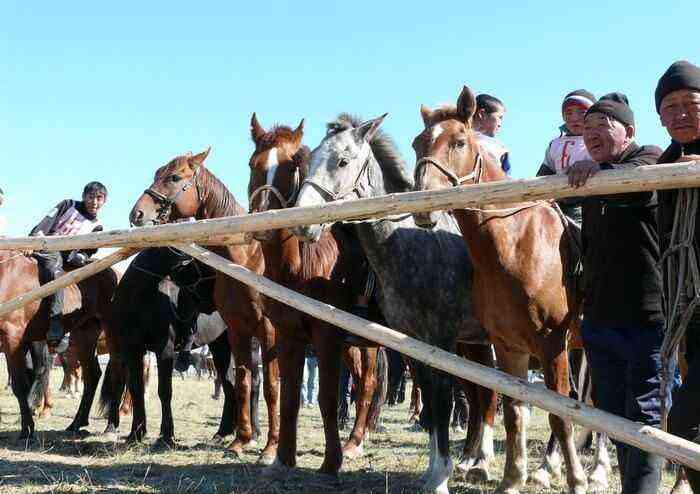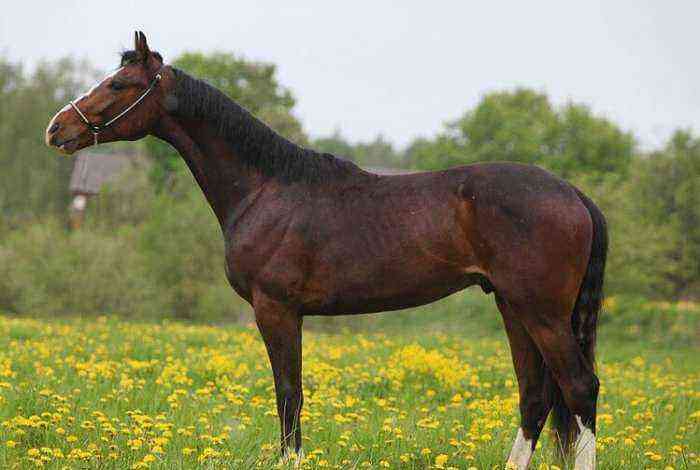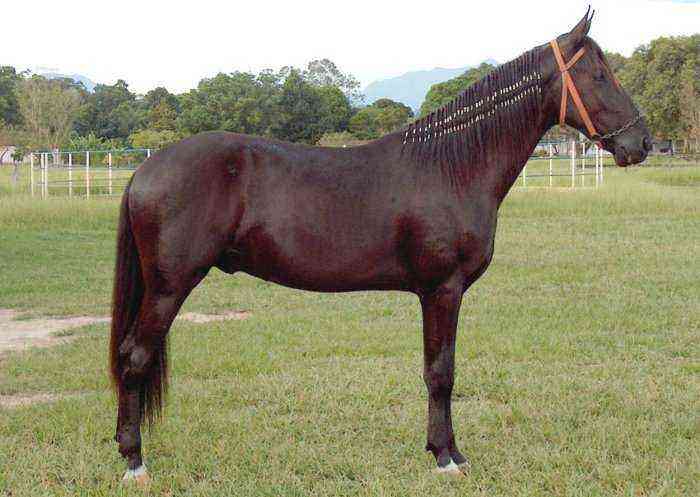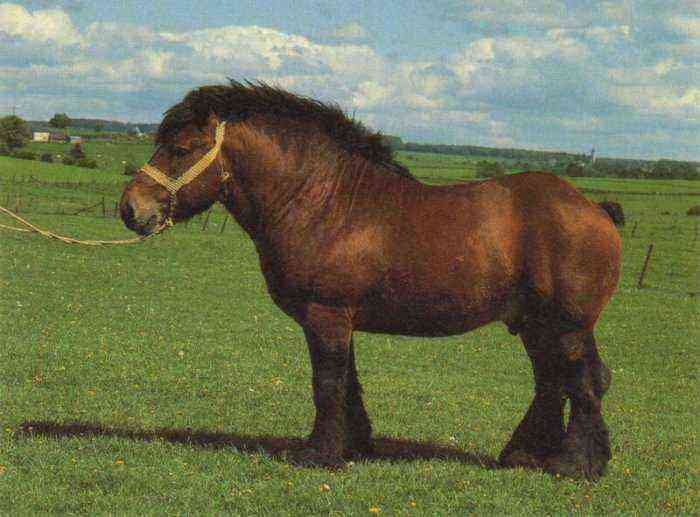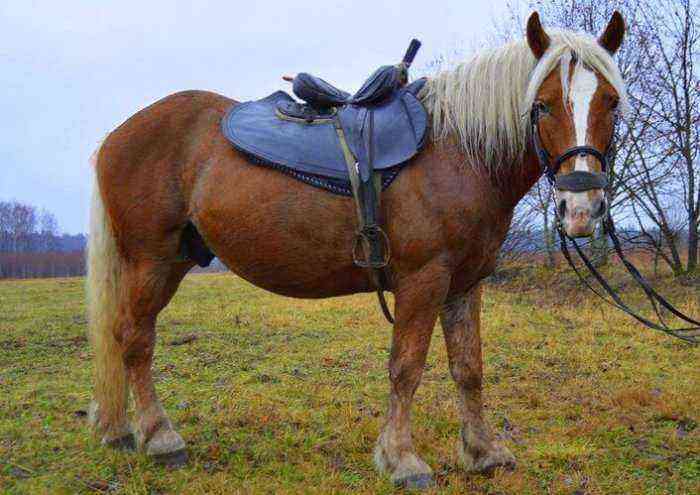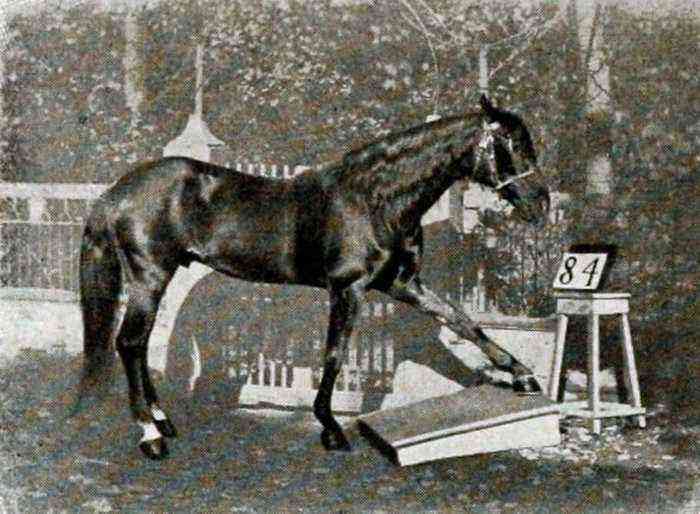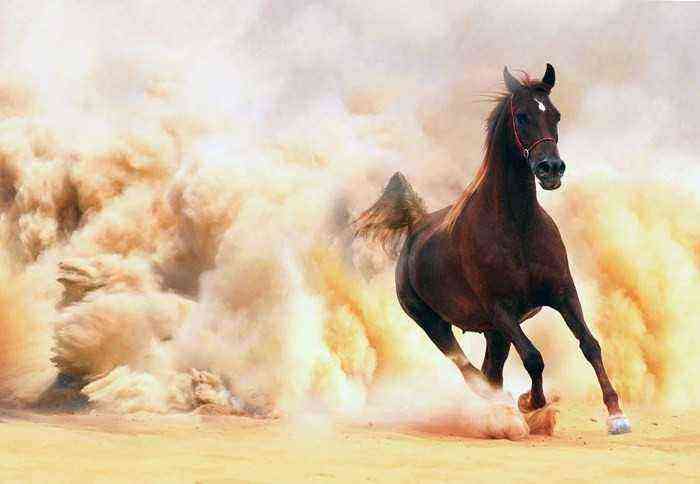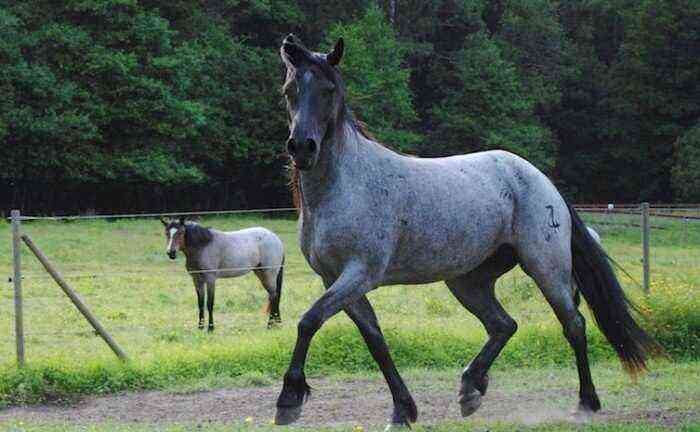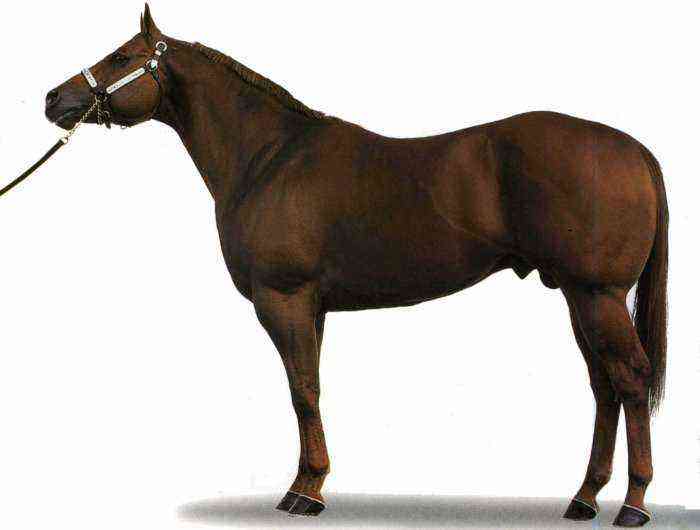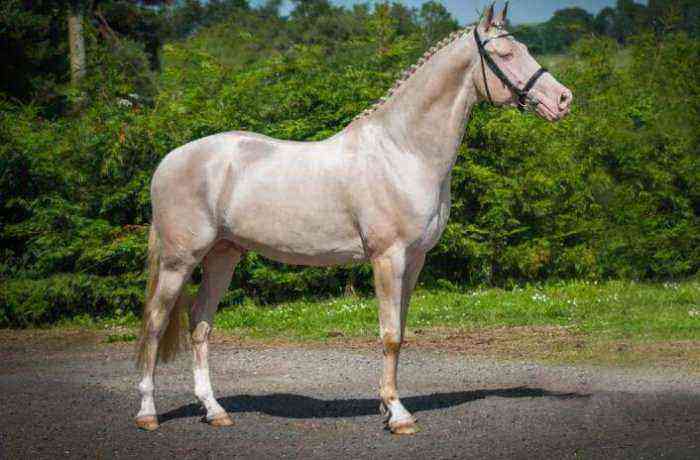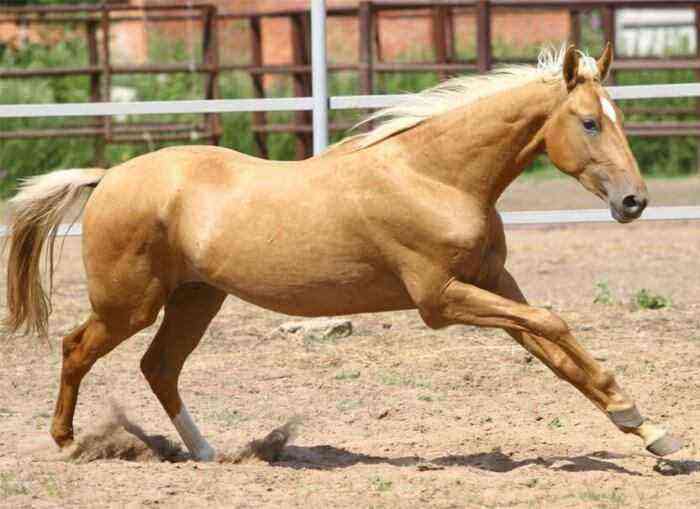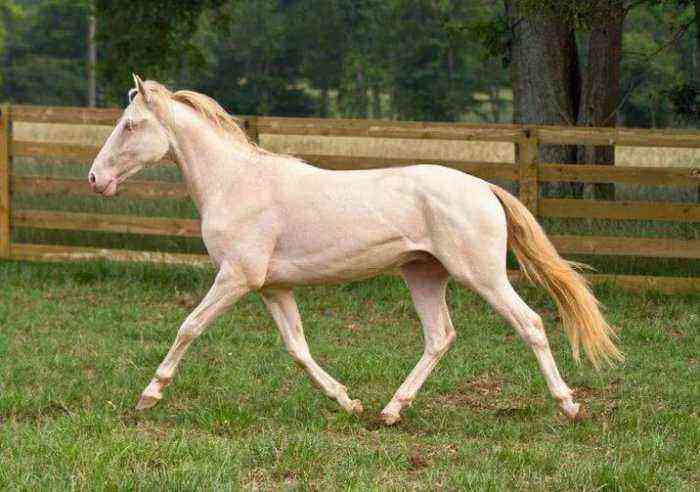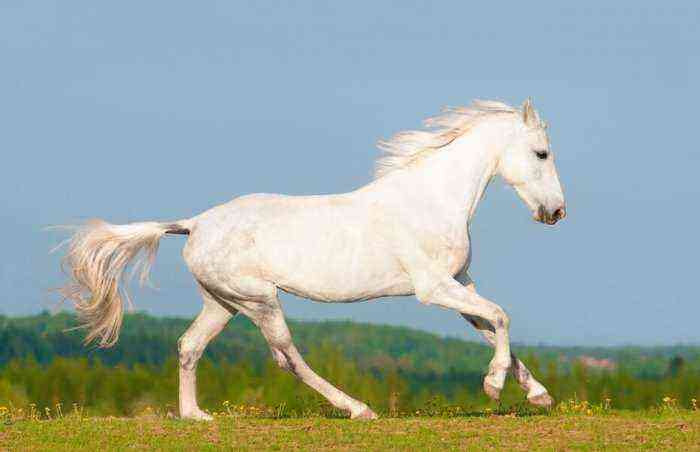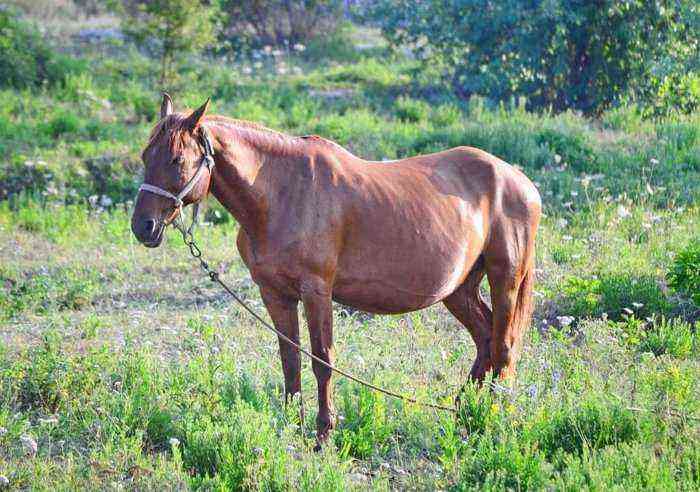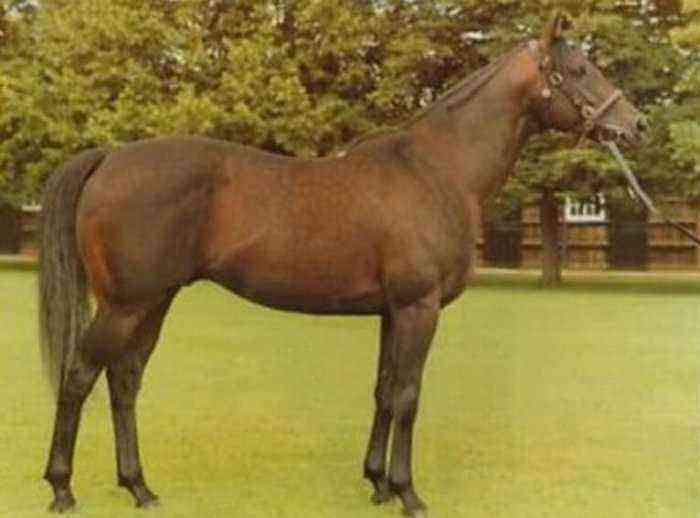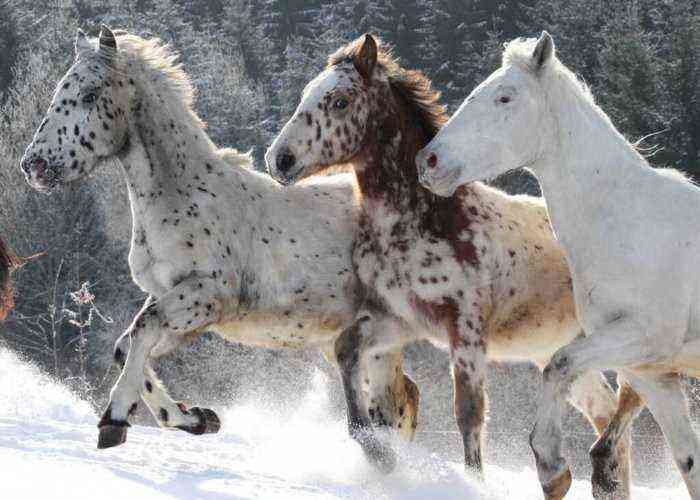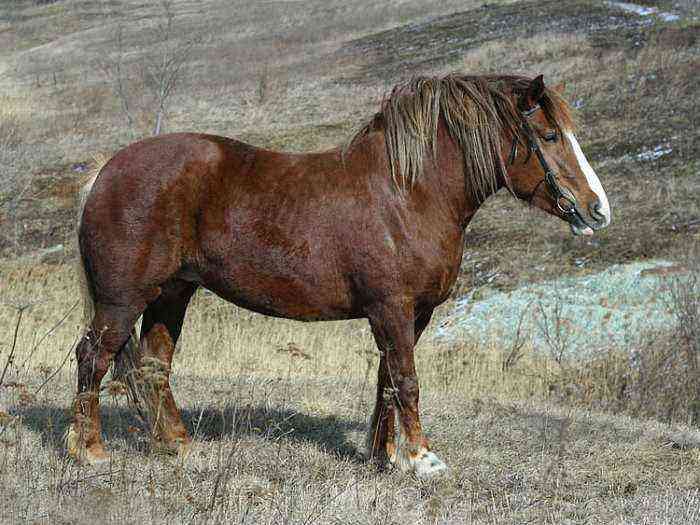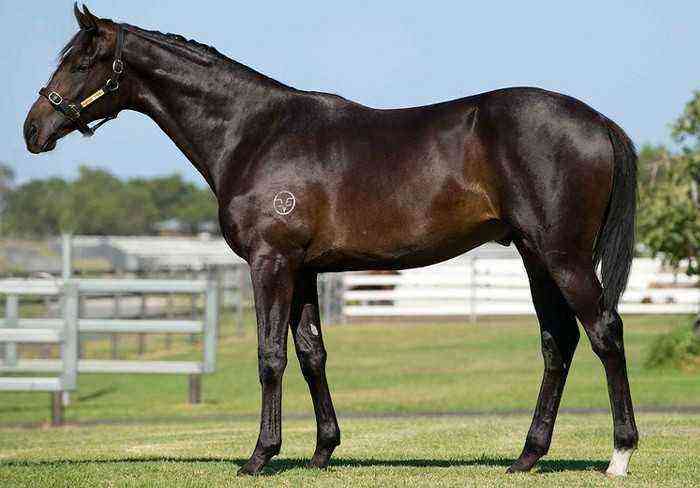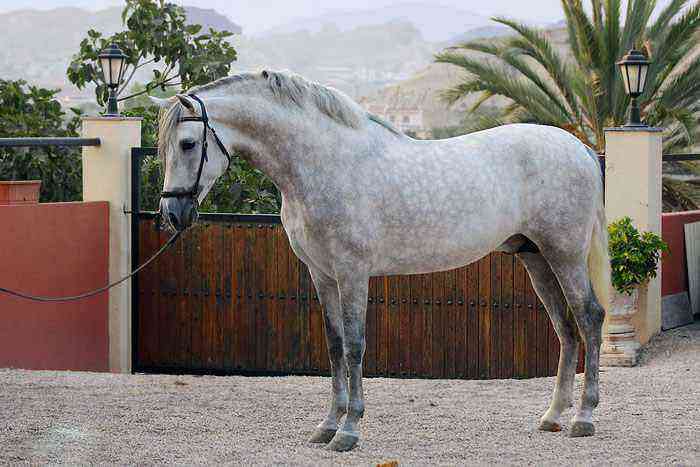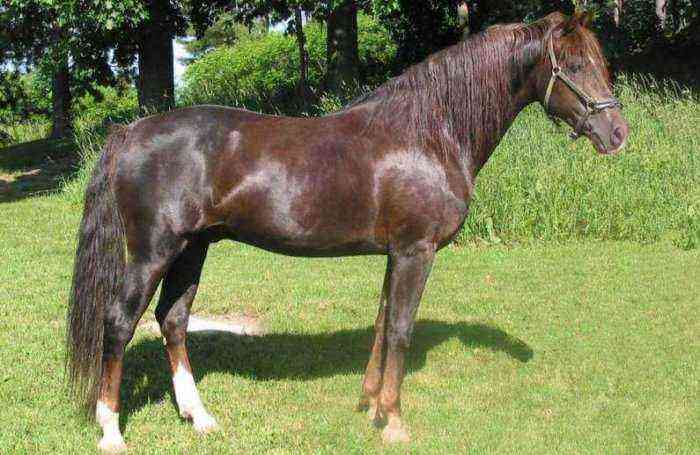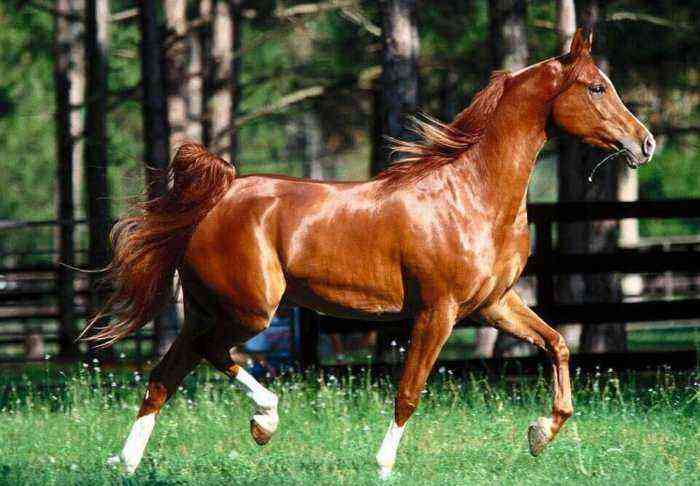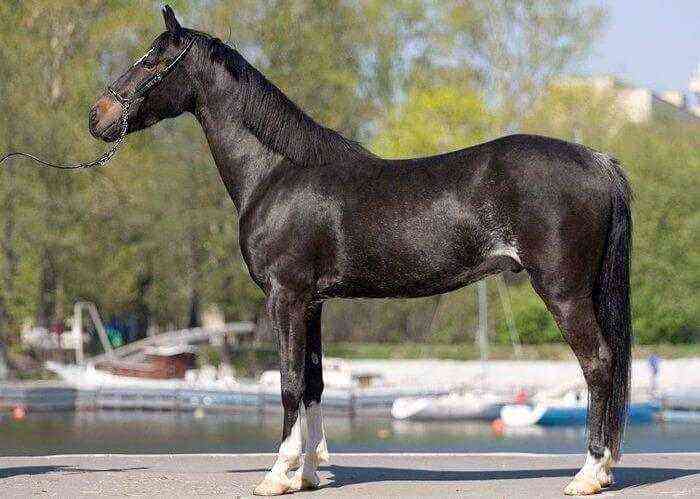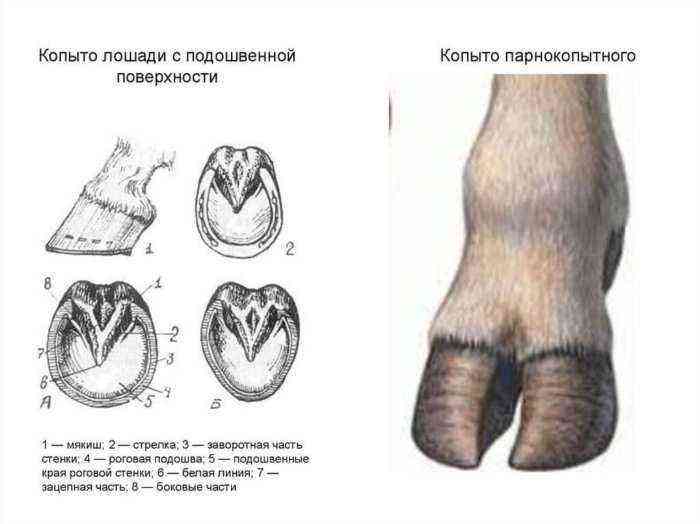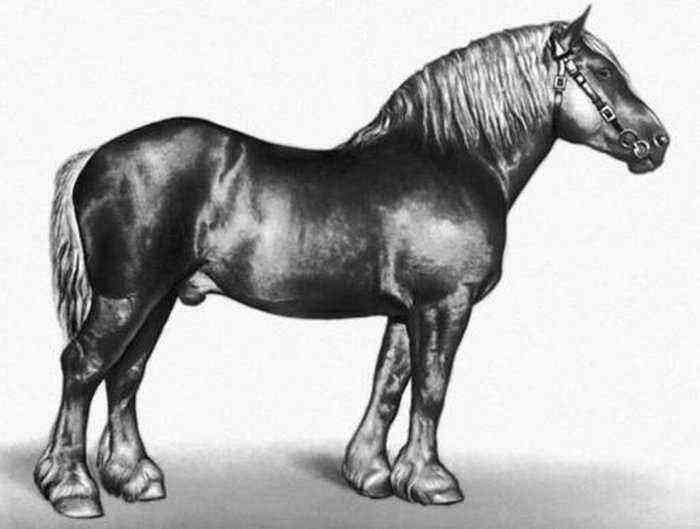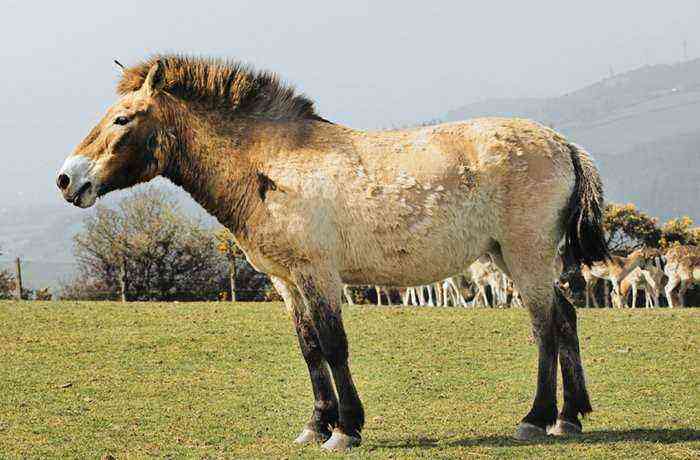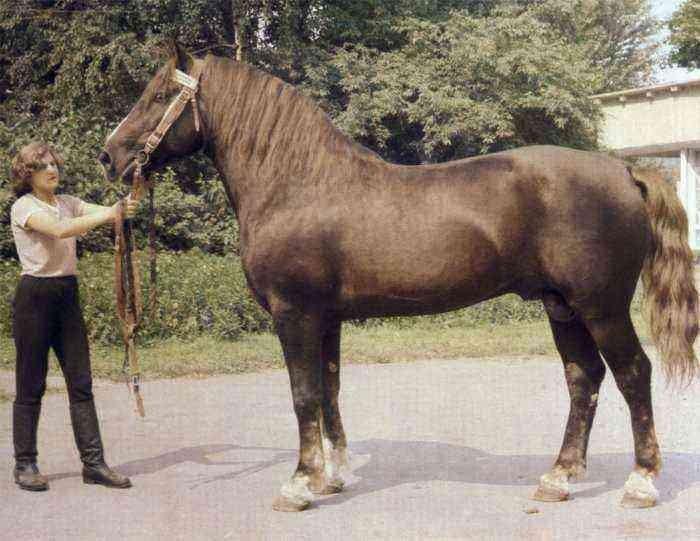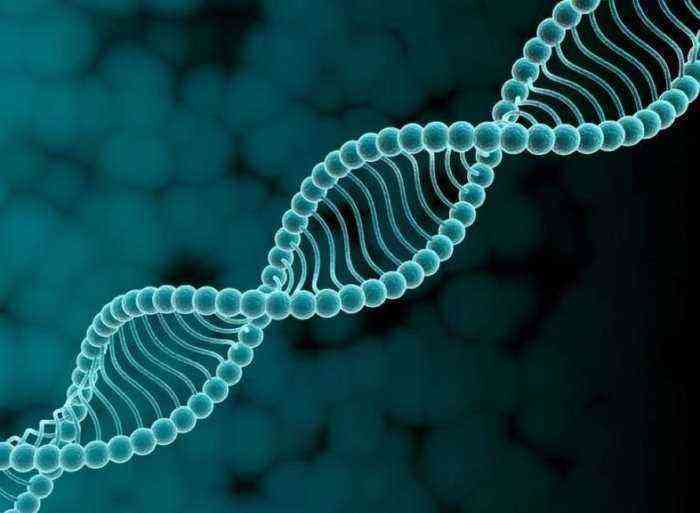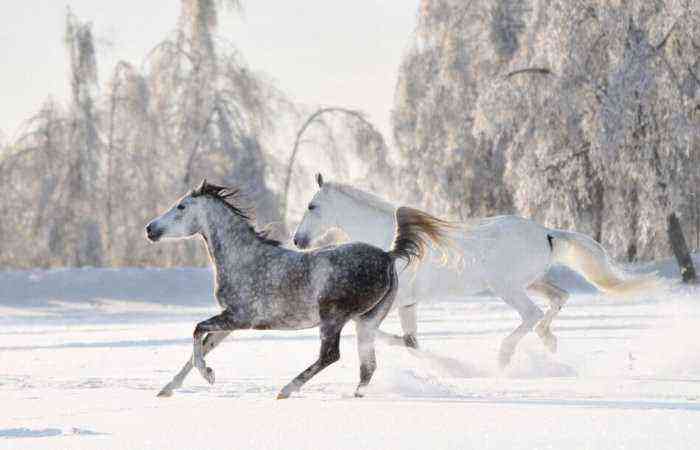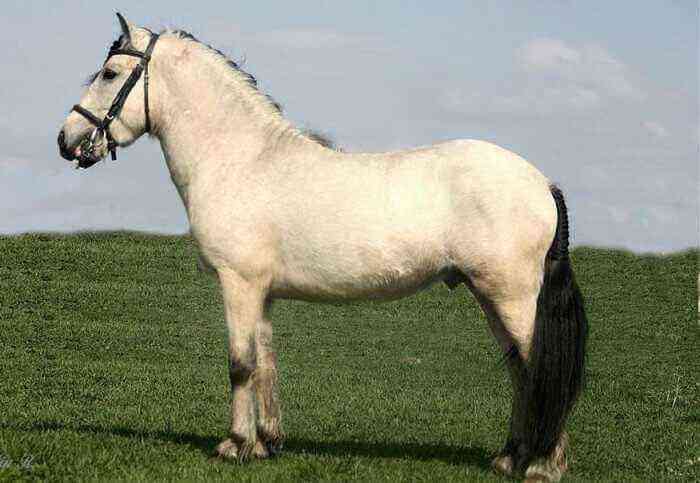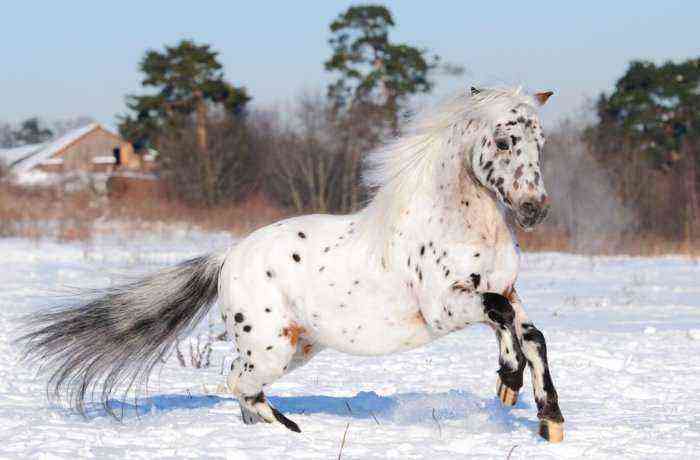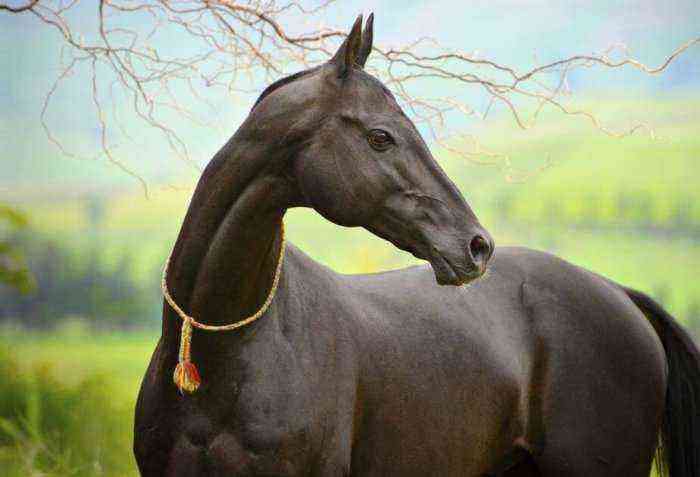The Trans-Baikal breed of horses was formed more than 1000 years ago and is bred to this day in the territory of the Chita region. The current livestock is small, numbering about 300 heads. This is a completely unusual breed line, which is characterized by curly hair. Outwardly, it resembles a sheep. None of the horse breeds in the world can boast of such a hairline.
Transbaikal horse
History of origin
Archaeological excavations carried out in Transbaikalia indicate that horse breeding was developed in this area 1000 years ago. Scientists have found elements of harness and mounts for packs there. In their opinion, the ancient ancestors of the Transbaikal horse were very different from the modern representatives of the breed.
Attention! The appearance and qualities of local horses were influenced by the horses of the Mongols during the period from the 6th to the 8th century AD.
Another stage in the development of a curly horse falls on the time period when Russian settlers mastered Siberia. Up to this point, the breed has developed naturally. The horses did not differ in large dimensions, but were extremely hardy and unpretentious.
With the arrival in Siberia, the settlers had a need for strong horses capable of carrying goods. Due to the difficult climatic conditions in Transbaikalia, none of the available heavy-duty breeds could adapt. Then it was decided to cross-breed the livestock in order to enlarge it and give the horses riding and harness qualities.
Oryol and Russian trotters, as well as heavy draft and race breeds of domestic selection, participated in interbreeding. In 1940, the Transbaikal horse was registered.
After the end of the Great Patriotic War, horse breeding fell into decline. The need for draft power decreased as mechanization actively developed. Productive animal husbandry was gaining popularity. To increase the muscle mass of Transbaikal horses, they crossed with stallions of heavy draft breeds of local selection – Russian and Vladimir heavy trucks.
The consumer attitude towards horses has led to the fact that an unusual breed almost disappeared from the face of the earth. The local authorities decided to restore it. For this, in 1984, the Chita breeding farm was opened. Thanks to this step, it was possible to save the breed line.
External characteristics
The Transbaikalian horse is easy to distinguish by its curly coat. These are low animals of a strong constitution. Consider the features of their exterior:
- height at the withers – 1,4 m;
- the head is large with a wide frontal part;
- the neck is massive, short;
- the body is elongated, cylindrical;
- chest girth reaches 1,65–1,7 m;
- limbs are short, strong with wide hooves;
- the breed is characterized by dark colors – piebald, savrasai, bay, and also red.
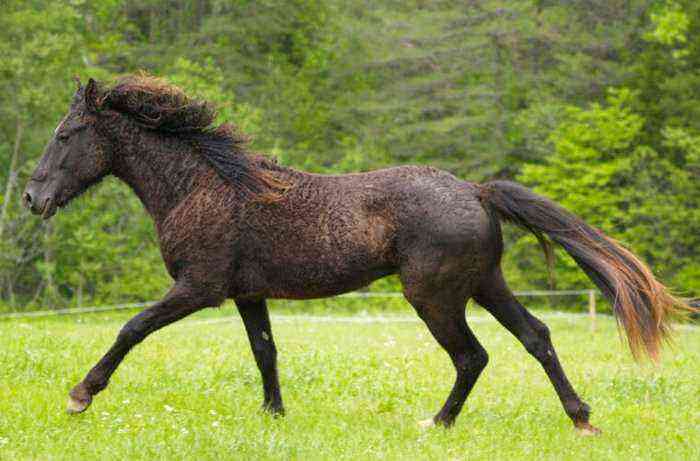
The appearance of the Transbaikal horse
Attention! The Chita horse farm is actively working to preserve the unusual colors of Transbaikal horses. Horses are bred there, which are characterized by savrasaya, piebald, chubar color, as well as rare colors with tan, zebroid pattern and wings.
Advantages of the breed
The main advantage of curly horses is endurance. Dmitry Peshkov, centurion of the Amur regiment, rode a horse named Gray from the Amur region to St. Petersburg for 194 days. He covered this path of 9500 km in 194 days. This incident happened in 1889. Interestingly, the stallion was no longer young, he was 30 years old. During the day, the horse traveled about 70–90 km, moving along snow-covered roads.
Horses of the Trans-Baikal breed are unpretentious and know how to get by with little. In a short summer, they quickly gain weight, and spend it rationally in winter. Horses are able to get their food from under the snow, raking it with their hooves.
Other advantages of curly horses:
- good adaptation to the local climate;
- adaptability to herd content;
- undemanding to care and feed;
- high efficiency;
- strong immunity.
Attention! The disadvantages of the breed include late maturation of animals. They reach full maturity by the age of 5, but mares up to 20 years old are able to bear offspring.
Modern use
The Trans-Baikal curly horse is used for meat production. Horse breeders note that the cost of feeding these animals is low, so breeding them for meat is a profitable undertaking.
Attention! Foals grow rapidly, but from 6 months to a year, the rate of weight gain decreases. This trend is explained by the meager winter diet.
In Siberia, mare’s milk is highly valued; koumiss is made from it. In representatives of this breed line, it has a high nutritional value. Its protein content is 2,15%. The calorie content of the product is close to 500 kcal. True, most of the milk is spent on the needs of foals, so dairy horse breeding in the region is poorly developed.
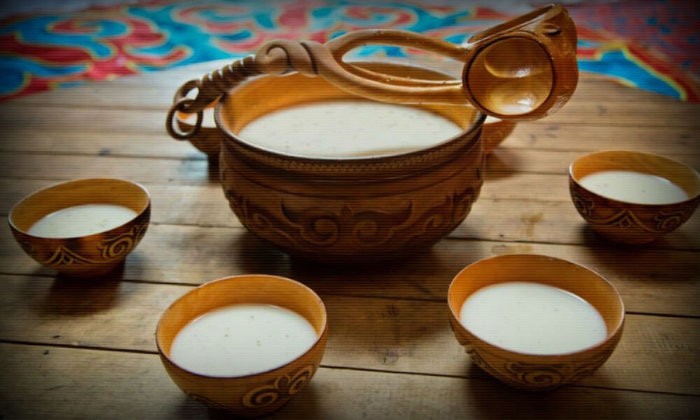
Kumiss
Horses of the Trans-Baikal breed are bred not only in Eastern Siberia, but also in America. According to hippologists, the horses got there along with the settlers. These animals are great helpers in the countryside. Villagers still use them to transport goods and ride.
